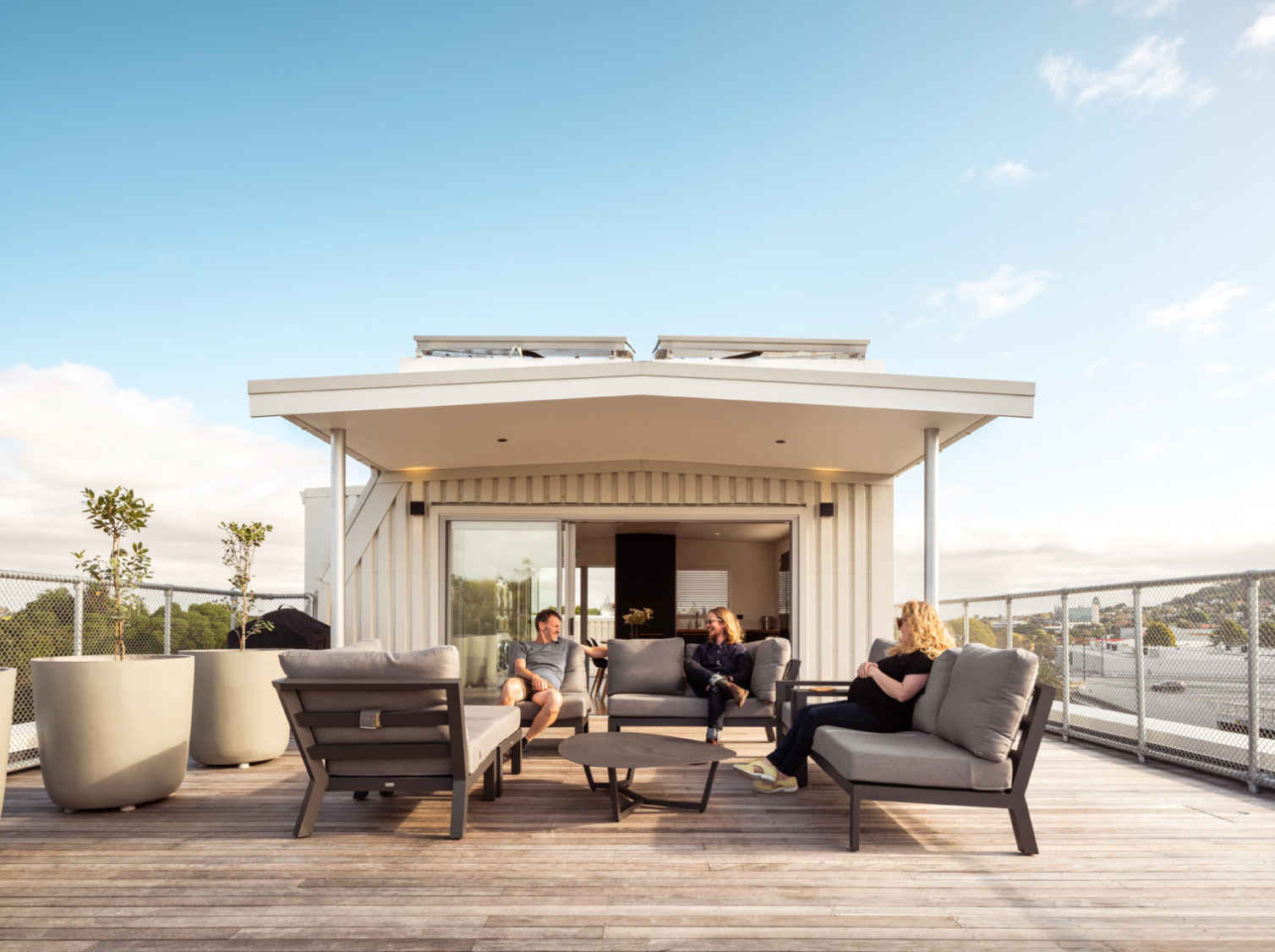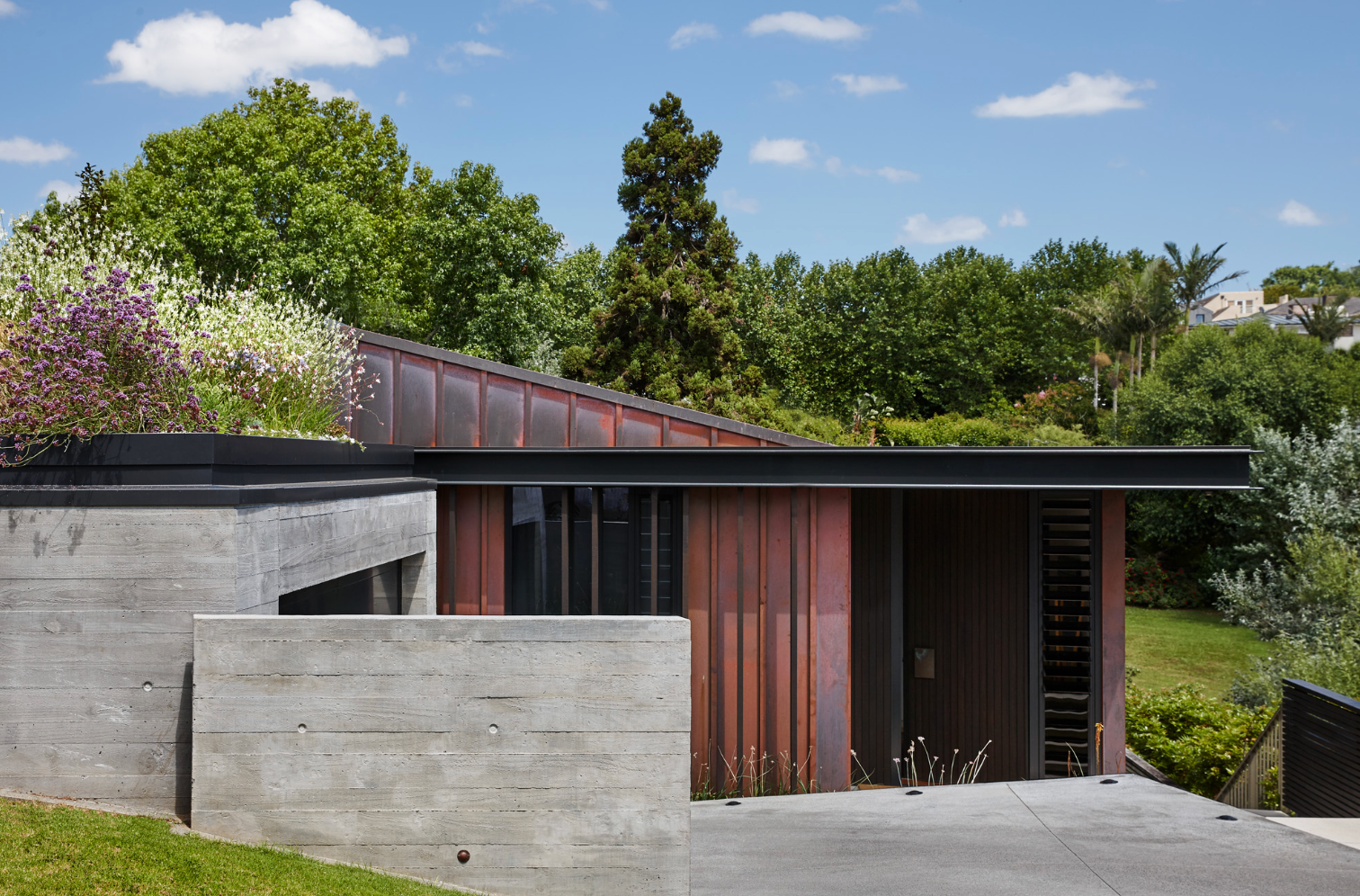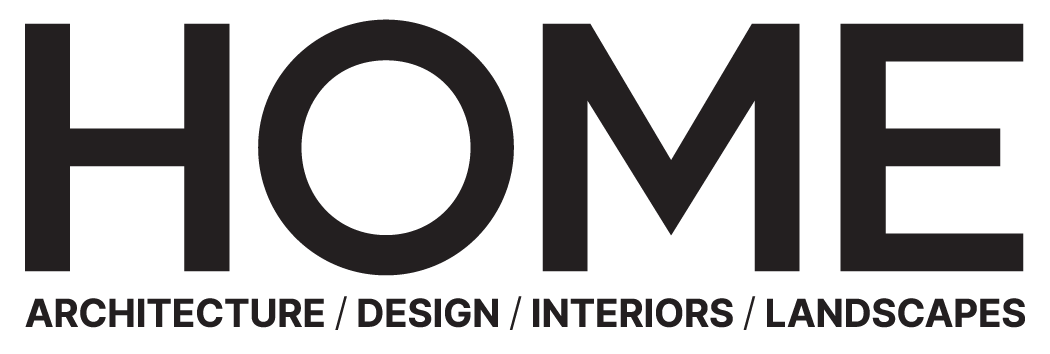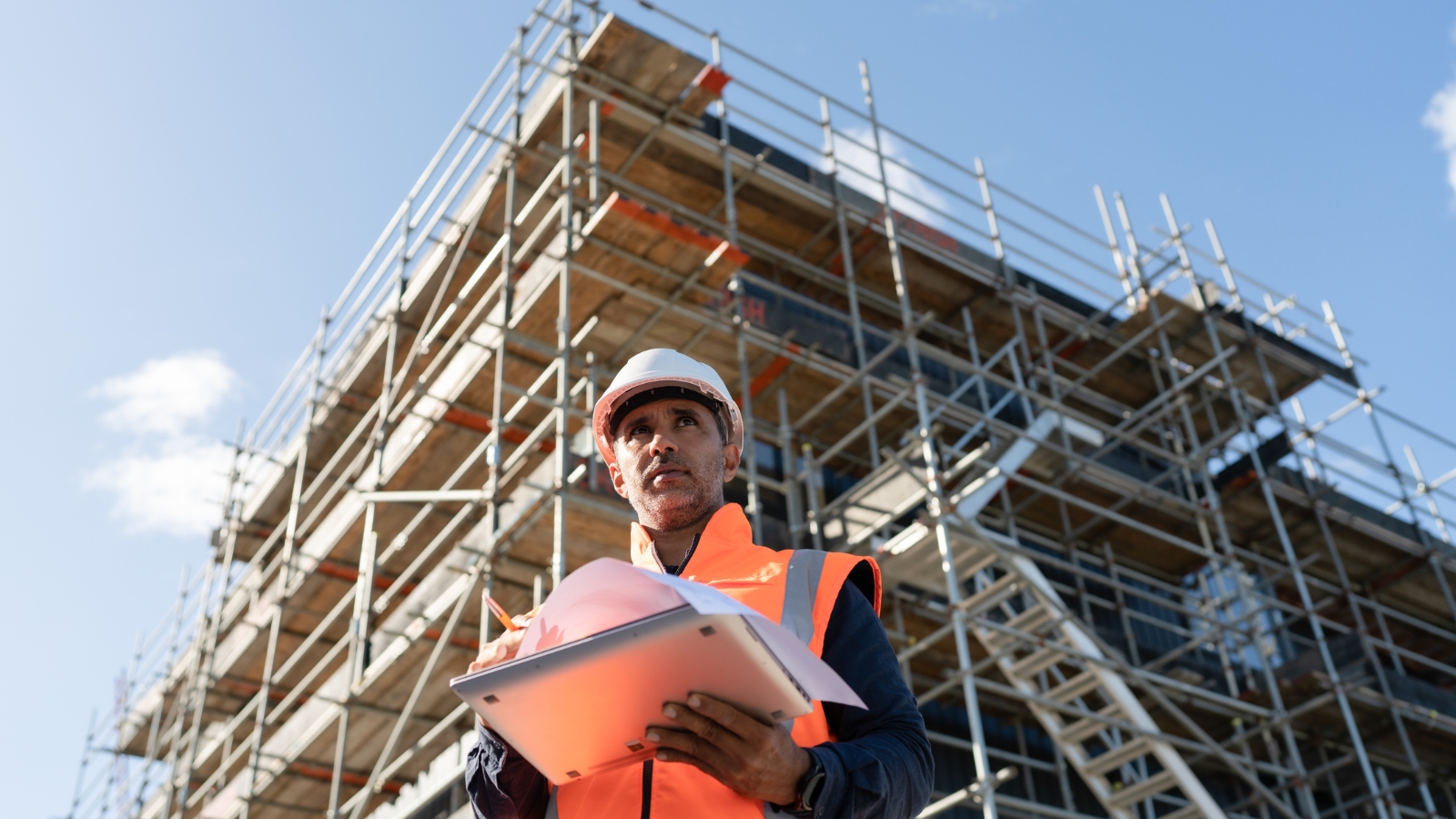Feature article
Rooftop Garden Design Ideas for an Urban Retreat
Creating connection in the city.
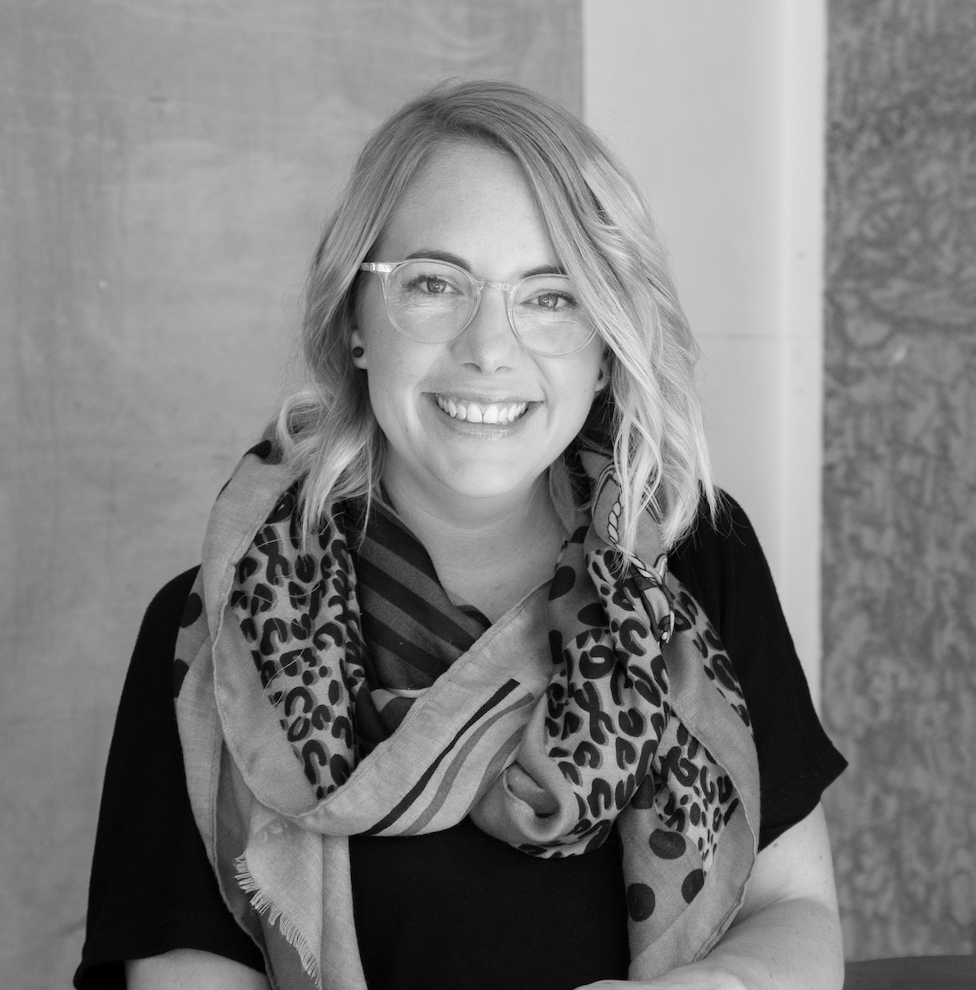
With the need for increased density, everyone can agree that the ‘great Kiwi dream’ of the quarter-acre block is no longer feasible in our fast-growing cities. As suburban blocks continue to get smaller and in-fill housing more prevalent, homeowners are seeking new ways of ensuring they maintain a connection to nature in the city.
One way of doing this, and one which is growing in popularity, is to convert roof space into a rooftop garden terrace. While it isn’t for the faint of heart, a rooftop garden terrace conversion can add much-valued green space to your home.
Contrary to belief, just about any home can be converted to include a rooftop garden space, but before you go popping the top off your home, there are some considerations to take into account.
Cover image: A rooftop terrace was created within this Auckland apartment building to provide residents with a communal space. Image: Dennis Radermacher.
1. You’ll need some professional help
Firstly, and most obviously, creating a rooftop garden terrace on an existing home is not a DIY job and will require the input of an architect, a structural engineer, a qualified builder and, of course, council. However, once you’ve surmounted any obstacles it’s straight on to the fun aspects of the planning.
Much as you would for a ground-level outdoor space, you’ll want to look at shading, lighting, furniture and planting. The biggest consideration for all of these is the load bearing capacity of your house, which will require you to err on the side of caution. Luckily, there are many lightweight options for all of these elements as well as experts to point you in the right direction.
On a central Auckland street, architect Vlad Cekus of BVA Studio transformed a 1920s bungalow into a contemporary city oasis of raw materials capped by a flowering green roof – the home was named the 2023 Alt & Reno Home of the Year. Image: Jackie Meiring.
2. Choosing the right flooring
Another consideration will be the type of ‘flooring’ you choose for your terrace. Unlike a ground-level terrace, it’s likely that your rooftop terrace will receive all-day sun. Therefore, choosing the right surfaces will be imperative in meeting the right balance between creating a comfortable environment and minimising ongoing maintenance.
Porcelain tiles are popular due to their almost limitless styles and can offer a lightweight, low-maintenance surface but may well become overheated during the hottest times of the day. Composite decking is an ideal choice, being highly resistant to the elements and low maintenance, as well as being available in a variety of styles and colours.
At the gateway to Avondale town centre, this building of arches and brick is a commanding presence that marks a change of face for one of West Auckland’s most populous suburbs. A rooftop garden sits between the two buildings, a pool adjacent, creating a green community space for residents.
3. Selecting lightweight decor
When it comes to furnishing your space, again, lightweight options are best so choose pieces made from aluminium, rattan or polyethylene wicker. You’ll also want to choose furniture that can be easily moved indoors in the event of high winds or storms.
For your garden areas, thinking local is your best bet so choose plants that do well in your neighbourhood as they will be the most likely to thrive. Also, choose containers that feature a polystyrene or Styrofoam core, as this will allow you to keep the overall weight down while giving you a verdant outlook.
Aside from the immediate benefits of providing a sense of wellbeing and a connection to nature, rooftop terrace gardens offer myriad other benefits, such as helping to reduce the urban heat island effect, mitigate stormwater run off and improve thermal efficiency, and, crucially, provide habitats for wildlife.
Author
Other articles you might like
